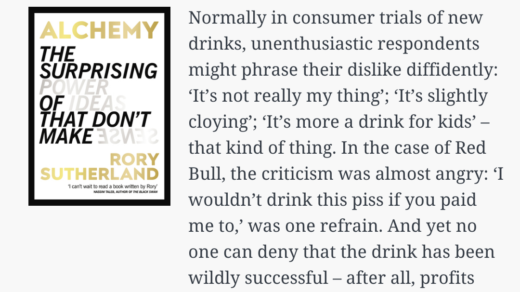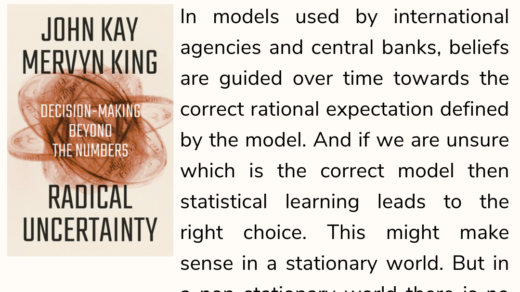Robert M. Sapolsky, Behave: The Biology of Humans at Our Best and Worst
A classic example comes from a 1977 study of groups of male talapoin monkeys. Testosterone was administered to the middle-ranking male in each group (say, rank number 3 out of five), increasing their levels of aggression. Does this mean that these guys, stoked on ’roids, started challenging numbers 1 and 2 in the hierarchy? No. They became aggressive jerks to poor numbers 4 and 5. Testosterone did not create new social patterns of aggression; it exaggerated preexisting ones. In human studies testosterone didn’t raise baseline activity in the amygdala; it boosted the amygdala’s response and heart-rate reactivity to angry faces (but not to happy or neutral ones).
This will be a multi-part series from this book as I found that there are many interesting anecdotes that is fun to know!
What I’ve learned is that Tetosterone is typically used to accentuate current behaviors. So like how the monkeys will learn to be more aggressive towards the other monkeys down the “pecking order”, Tetosterone can also be used for prosocial behavior in other experiments.
The key reason being, as I’ve read, was that Tetosterone strongly influences our desire to achieve and maintain status. In that way, it is neutral. If we are able to frame things where being nice and helping others would help in improving one’s status, then yes Tetosterone can actually lead to positive outcomes.


